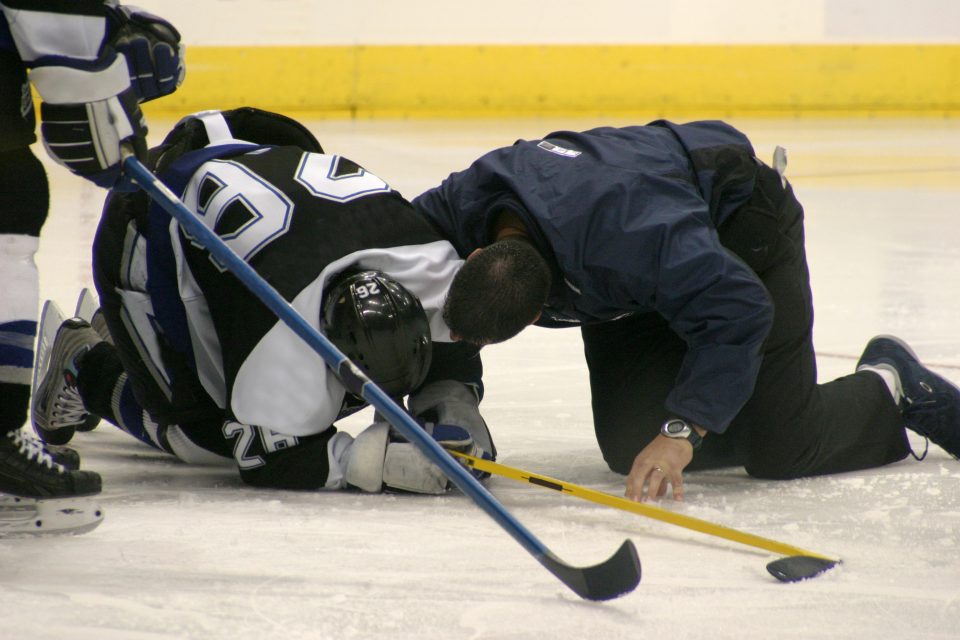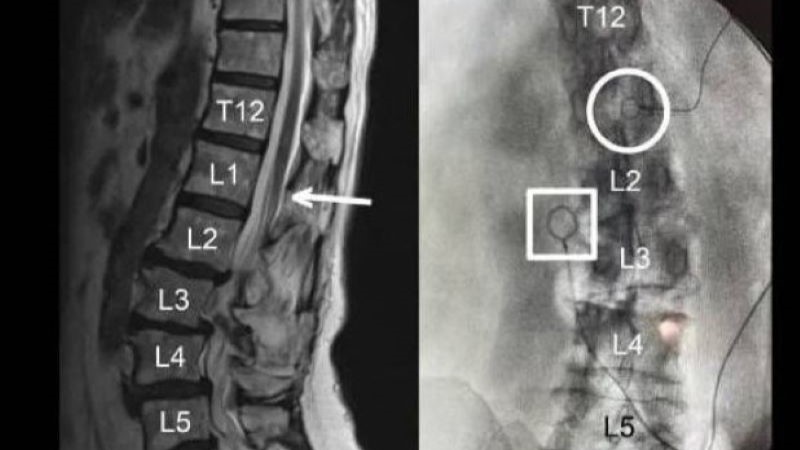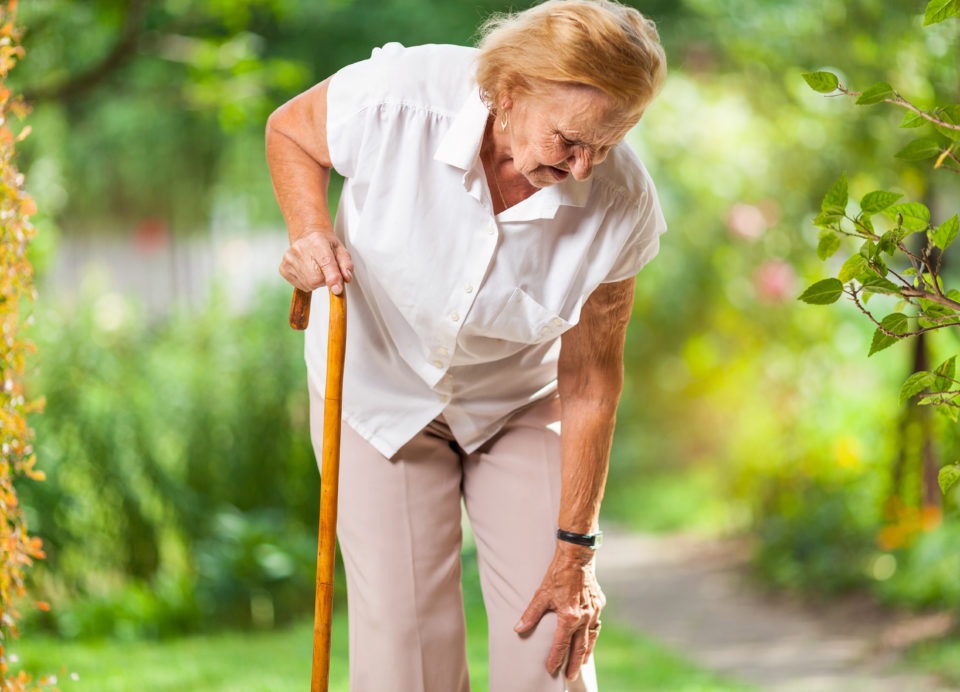
In a study published in the Orthopaedic Journal of Sports Medicine, the five-second squeeze test (5SST) was significantly associated with self-reported function and hip muscle strength among male ice hockey players.
“The 5-second squeeze test (5SST) is a valid indicator of hip– and groin-related sporting function (self-reported function) in soccer and is suggested to be interpreted according to a ‘traffic light’ approach in guiding the early identification and management of affected players,” the study authors wrote.
Therefore, the researchers sought to determine its efficacy among ice hockey players. They also evaluated the efficacy of the “traffic light” approach, which uses a numeric rating scale score to assess self-reported function and strength: 0–2, green, signifies little to no pain; 3–5, yellow, represents moderate pain; and 6–10, red, indicates severe pain.
In elite ice hockey players, hip/groin pain during 5-second groin squeeze test (5SST) associated with ⬇️ function & ⬇️ add/abd strength. 5SST can be simple, effective way to identify 🏒 athletes with debilitating hip/groin pain
👉https://t.co/leodYaZXxr
🔎https://t.co/AMgQQt7D2T pic.twitter.com/BIrbgIay71— Adam Virgile (@AdamVirgile) March 20, 2019
5SST: Fast Results on The Spot
“It is possible to measure hip function both through self-assessment instruments and through strength, movement and performance. But this, of course, is quite time-consuming and cannot easily be done out in the field,” said researcher Frida Eek, associate professor at Health Sciences, Lund University, in a press release. “The five-second squeeze test has been developed as a quick check, a snapshot of groin function. Can the player carry on playing, or is there a problem that may need attention? At the green pain level, continuing is not a problem. If it’s yellow, it may be best to wait and if it’s red, that’s a warning signal.”
A total of 333 professional and semiprofessional male ice hockey players from 13 teams completed the 5SST and the Sport subscale of the Copenhagen Hip and Groin Outcome Score (HAGOS).
Results from the 5SST significantly correlated with self-reported function and hip muscle strength, and the HAGOS Sport scores were vastly different between the green, yellow, and red groups.
“Players with an NRS score >2 (yellow or red light) had lower adduction (ES ≥ 0.75; P < .001) and abduction strength (yellow: ES, 0.30; P = .031) (red: ES, 0.51; P = .058) than players with a green light,” the study authors observed.
From @EekFrida @Lunduniversity: The simple 5-second squeeze test allows early identification of #IceHockey players who need load management and appropriate hip muscle strengthening to avoid further problems #sportsmedicine @RedaktorSfaim @MarkusWalden https://t.co/n9OalE91OS
— Katarina Steding-Ehrenborg (@kie_ehrenborg) March 22, 2019
According to Eek, the 5SST results are a good place to start when determining possible future care.
“The aim is to detect problems before they get more severe,” Eeke said. “In hockey, groin problems are common but in many cases they progress unnoticed. Plenty of players are in pain but can still play. But this is not an optimal situation, as it can impair players’ performance and lead to more serious problems. The [5SST] is an easy way to conduct an initial check without any instruments or tools.”
In their study, the authors also noted that the 5SST is not intended to be the sole measurement by which to plan future care.
“Based on our results, we recommend that clinicians use the 5SST as an indicator of hip and groin function,” they wrote. “As such, the 5SST may initiate further assessments and specific strength testing to identify targets for early intervention or rehabilitation. However, the extent to which the 5SST can be used to guide the management of affected players needs to be investigated using prospective study designs.”
Thanks Tobias Wörner (Woerner) for an interesting #sportskongres chat about preventing groin pain in hockey. Uses the 5-second squeeze test every week to flush out those players with groin pain. https://t.co/tt1y6R4Wvj pic.twitter.com/XcGfpWWILm
— British Journal of Sports Medicine (BJSM) (@BJSM_BMJ) January 31, 2019







 © 2025 Mashup Media, LLC, a Formedics Property. All Rights Reserved.
© 2025 Mashup Media, LLC, a Formedics Property. All Rights Reserved.